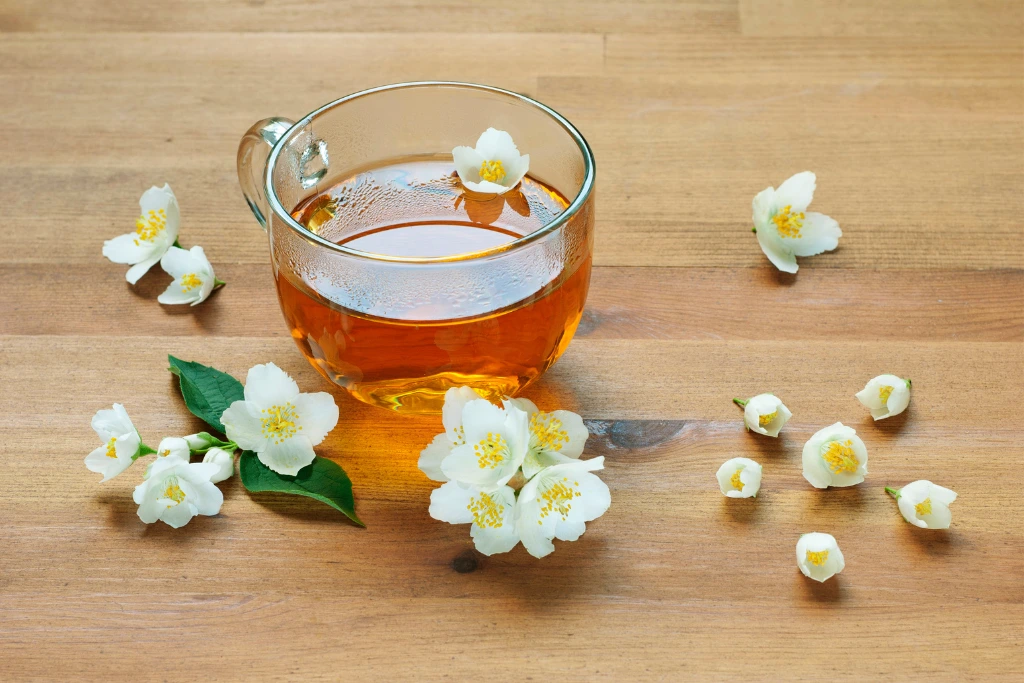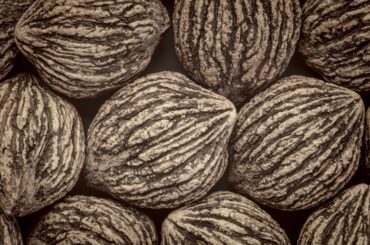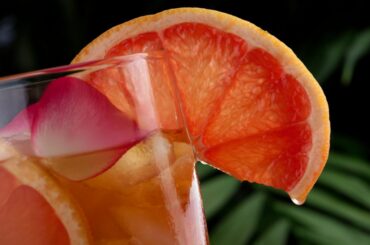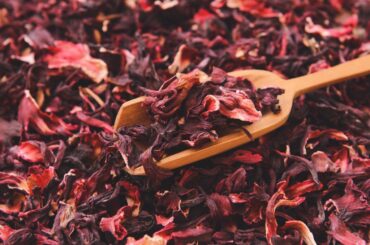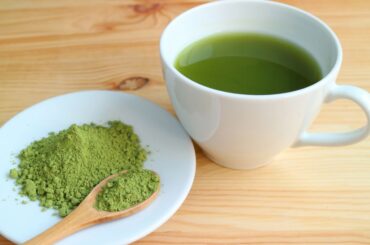Jasmine tea is a delicious and refreshing drink that can be enjoyed anytime, anywhere. The most popular varieties have been around for centuries and have been used as medicine throughout history. Today, they’re still widely used as a medical remedy or drink, making them more popular than ever before!
Jasmine tea is an excellent choice for anyone looking for a delicious beverage with a variety of health benefits. Jasmine tea contains the flower buds of the jasmine plant, which is native to Asia but can be found growing in many areas around the world. The flowers are used to make this fragrant tea, and it has a sweet taste with hints of citrus and honey. It’s easy to make your own jasmine tea at home with fresh ingredients.
There are tons of variations of jasmine tea. Once you know the recipe for the base jasmine tea, you can curate it according to your preference, including pairing it with other flavors!
Are you ready to know all the details about making this tea? Curious to learn the jasmine tea brew time? You may have questions when using loose leaves or tea bags to make your jasmine tea. How to brew jasmine tea? How long does it take to brew jasmine tea? We’ve listed them below.
What is Jasmine Tea?
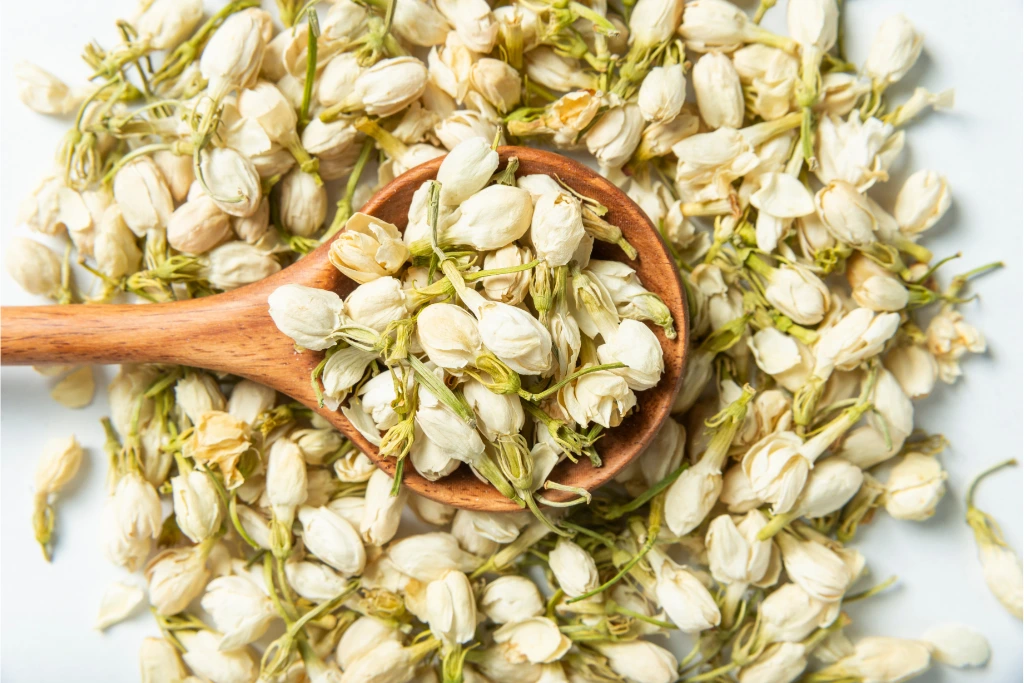
Jasmine tea is an aromatic herbal tea that has been popular in Asia for centuries. It has a delicate floral aroma and a sweet taste, which makes it perfect for both hot and cold drinks.
It’s made by using the flowers of the jasmine plant, which grow on bushes in subtropical areas around the world. The flowers are picked then dried before being used in making jasmine tea, which is then steeped like other teas.
What Does Jasmine Tea Taste Like?
Jasmine tea has a light flavor that is sweet and floral, with notes of mint and spice but no bitterness or astringency (which can happen when using other types of green teas). It tends to be refreshing and thirst-quenching while still being slightly sweet.
People often describe jasmine tea as being floral or even fruity at first sip then turning into something stronger and more complex after a few more sips.
The flavor depends on where the jasmine flowers were grown in China or India. If they’re from higher altitude areas, like Tibet or Nepal, expect a stronger flowery flavor. If they’re from lower elevation areas, like the Yunnan province, then expect less of an impact from the flowers because fewer flowers are growing there. Therefore, there is less flavor.
Jasmine tea has a light, delicate flavor that’s not overpowering but lingering in your mouth. It can be sweet or fruity, depending on which type of jasmine you use. Butterscotch-flavored jasmine tea is especially popular among children, as well as adults who enjoy fruity drinks.
Jasmine tea is a great way to relax, feel good, and have a little extra zest in your life. It’s also an excellent addition to your diet if you’re trying to lose weight.
Jasmine Tea Benefits
Below are some benefits you can enjoy when making jasmine tea a part of your daily diet.
Aids in Weight Loss
Jasmine tea helps with weight loss by boosting metabolism and suppressing your appetite. Another theory as to how jasmine tea helps shed fat is its effect on increasing body temperature. This signals the body to burn fat stores. In the process, it trains your body to speed up metabolism.
Jasmine green tea also contains zero calories. It can serve as a replacement for sugary drinks and juices. You can satisfy your sweet tooth with the tea’s slightly sweet flavor.
Improves Digestion
Jasmine tea is also good for the digestive system because it helps to remove waste from the body and boost metabolism. It helps to reduce bloating and gas, as well as treat indigestion.
Boosts Skin Health
Jasmine tea is great for the skin because it reduces inflammation and redness. It also helps to heal acne scars, dry patches, and eczema. This tea contains antioxidants and polyphenols that protect the skin against aging.
Enhances Immune Response
Jasmine tea is also good for the immune system because it contains antioxidants that fight against cancer cells and viruses. It helps to boost the body’s defenses against infections, such as colds and flu.
Jasmine tea is also good for the heart because it lowers cholesterol levels and blood pressure. This tea can help prevent cardiovascular disease.
Now, you might wonder, What is in jasmine tea that makes it special? Read on to find out.
Jasmine Tea Ingredients
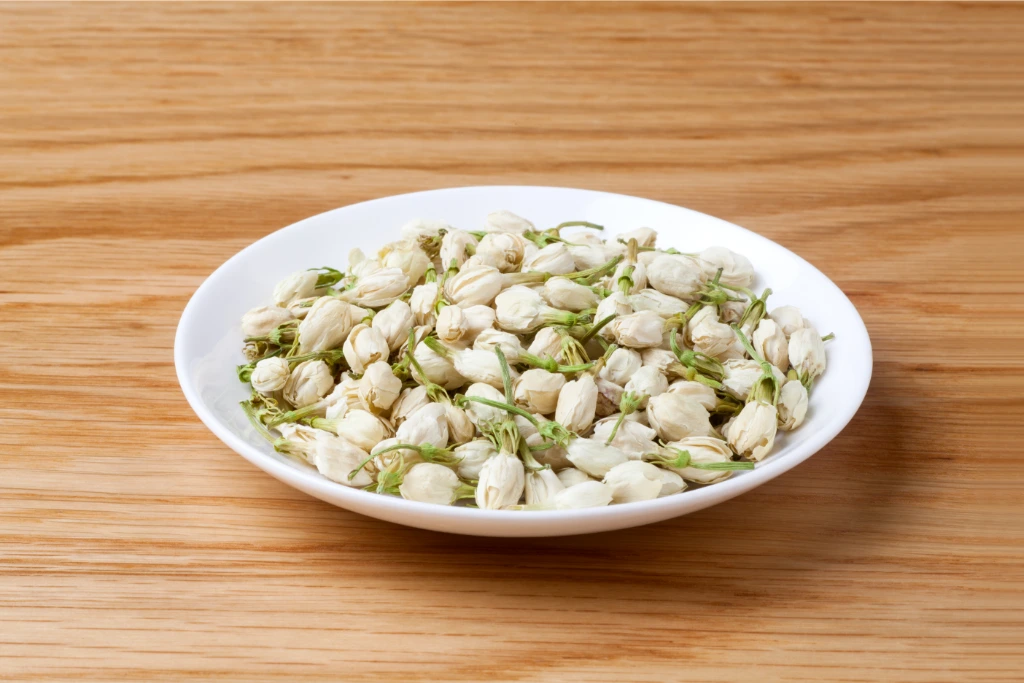
Yield: 2 glasses
Preparation Time: 10 to 15 minutes
Here’s what you need:
- Dried Jasmine Flowers (½ cup): You can find these at your local tea shop or online. If you don’t have any on hand, just use regular black tea instead.
- Hot water (4 cups): If you’re using a metal pot, boil it for three minutes before adding your fresh or dried flowers. Otherwise, fill with boiling water from your faucet and let sit for five minutes before serving.
- Honey or natural sweetener (to taste): These will vary depending on how many leaves you use. Usually, two tablespoons per cup are enough. If yours turns out too strong, try adding less next time, or maybe even none at all.
How To Make Jasmine Tea
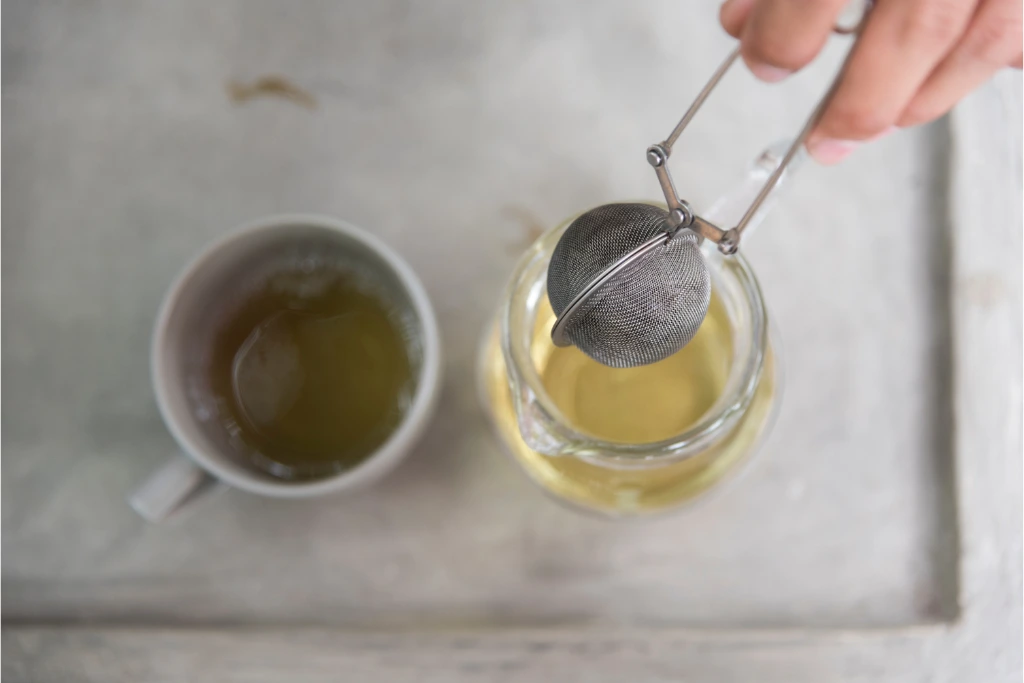
How is jasmine tea made? Follow this jasmine tea recipe:
1. Strain the jasmine tea leaves.
Add jasmine tea leaves to a strainer. You can use a tea ball, infuser, metal mesh ball, or filter.
2. Steep the tea.
Pour the hot water over the jasmine tea leaves and steep them for 3 minutes. The water should be hot but not boiling. Once you’ve poured the tea leaves into your cup and let it steep, remove them from the water using a strainer. Leave them in there for no longer than 3 minutes. Don’t use boiling water, as it will burn your leaves and make them bitter.
3. Serve and enjoy!
Pour your freshly brewed jasmine tea into a cup or teapot and serve warm. If you want to enjoy your brew all day, try steeping the leaves in hot water then refrigerating them overnight to steep further before drinking (this will give it a stronger flavor).
If you’re looking for some iced refreshments, you can add ice or tapioca pearls to make a jasmine pearl tea.
Special Notes:
If you’re looking for a strong, fragrant cup that tastes like springtime in China, go with loose-leaf jasmine! It has been handpicked by skilled workers to deliver their full flavor potential. It’s also more expensive because it takes longer to harvest and process than green or oolong teas. This should be your top pick if you want something unique!
If money isn’t an issue, consider using bagged green or oolong varieties instead. They taste better when compared side by side against those same types grown organically without pesticides.
Use jasmine tea leaves that are suitable for your needs. More fragrant tea will make a better-tasting drink, but less expensive brands make an excellent everyday beverage, too.
Tea bags are another option for making jasmine tea at home. Matcha powder is also used as a base for this beverage, but it’s more expensive than other forms of jasmine tea.
Take note: the quality of your finished product depends on the type of leaves you use.
Loose Jasmine tea leaf
- The most traditional way to brew jasmine tea is with loose leaves. To do this, you’ll need a teapot and some water.
- Pour enough water into the pot so that it covers at least half of each cup’s surface area (the amount will vary depending on how many cups you’re making).
- Heat the water over medium heat until steam begins to rise from its surface.
- Remove from heat once there are no more visible bubbles coming up through the liquid.
- Let sit for 30 seconds before straining any remaining bits of leaves from inside your pot into another container so that none gets lost in future batches.
Tea bag
- If convenience is what you’re after, then using bags made specifically for brewing tea may be just what you need.
- Simply fill up one teaspoon worth of loose leaf per bag, secure tightly before placing in hot water for about 2 minutes at 200 degrees Fahrenheit until steeped properly, and enjoy!
Conclusion
Jasmine tea is often thought of as a luxury drink, but it’s actually quite easy to make at home. By following these tips for making your own jasmine tea and choosing the right ingredients, you can enjoy this relaxing drink every day!
FAQs
Is Jasmine Tea Good with Milk?
Yes, jasmine tea is perfect with milk. The creamy goodness of milk complements jasmine tea’s rich and sweet notes.
Can I Drink Jasmine Tea Every Day?
Yes. Like other green tea flavors, jasmine tea is safe for most to drink every day. Some even drink up to five to eight cups a day. That doesn’t mean there are no possible risks because you can drink it daily. Consult with your doctor first.
What are the Side Effects of Jasmine Tea?
In general, jasmine tea is extremely healthy with little to no side effects. You should still keep in mind that it does have caffeine. Too much caffeine consumption can lead to dehydration, jitters, indigestion, anxiety, and restlessness. Consume in moderation.

